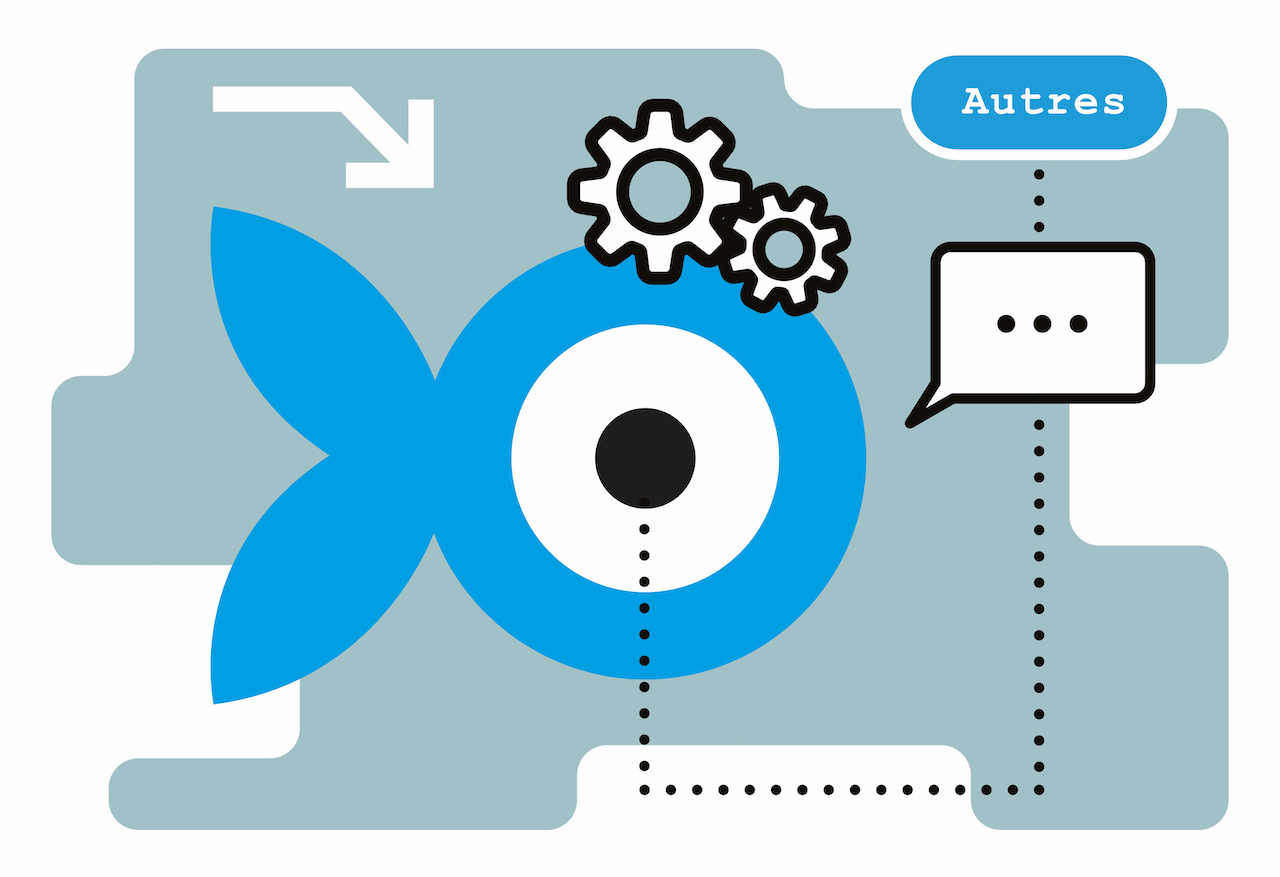Fiche du document
- 20.500.11794/38808
- 1091-6490
- doi: 10.1073/pnas.1000232107
- 20351260
http://purl.org/coar/access_right/c_16ec
Mots-clés
Crystal structure Electron microscopy Lactococcus lactis Siphoviridae Bacteriophage Bactériophage P2 Lactococcus lactis Radiocristallographie Microscopie électroniqueSujets proches
Bacterium lactis Streptococcus lactisCiter ce document
Giuliano Sciaraa et al., « Structure of lactococcal phage p2 baseplate and its mechanism of activation », CorpusUL, l'archive ouverte de l'université Laval, ID : 10.1073/pnas.1000232107
Métriques
Partage / Export
Résumé
Siphoviridae is the most abundant viral family on earth which infects bacteria as well as archaea. All known siphophages infecting gram+ Lactococcus lactis possess a baseplate at the tip of their tail involved in host recognition and attachment. Here, we report analysis of the p2 phage baseplate structure by X-ray crystallography and electron microscopy and propose a mechanism for the baseplate activation during attachment to the host cell. This ∼1 MDa, Escherichia coli-expressed baseplate is composed of three protein species, including six trimers of the receptor-binding protein (RBP). RBPs host-recognition domains point upwards, towards the capsid, in agreement with the electron-microscopy map of the free virion. In the presence of Ca2+, a cation mandatory for infection, the RBPs rotated 200° downwards, presenting their binding sites to the host, and a channel opens at the bottom of the baseplate for DNA passage. These conformational changes reveal a novel siphophage activation and host-recognition mechanism leading ultimately to DNA ejection
